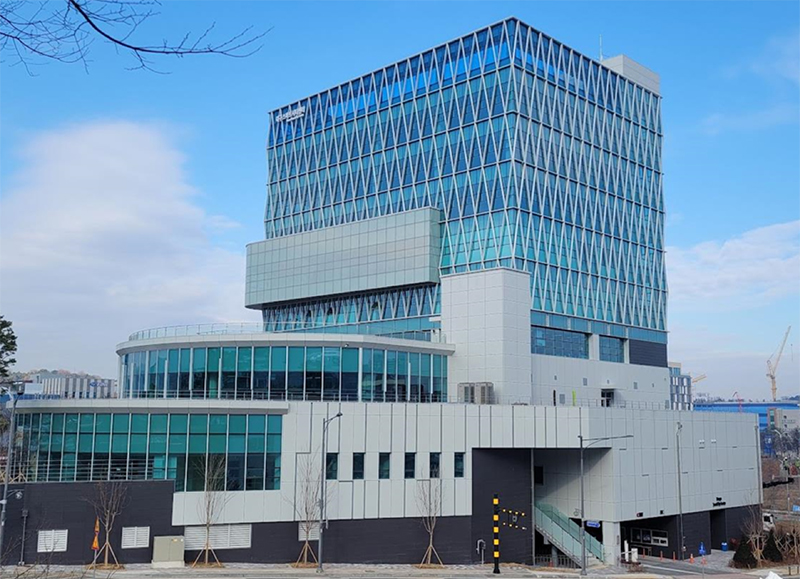Daegu Implant Dental Bone Transplantation Implant Method

Daegu Implant Dental bone graft implant method Hello. Implants were one of the efficient ways to replace tooth loss. It was used a lot in modern dentistry. Tooth loss could have occurred for many reasons, such as aging, accidents, and diseases, and if the lost tooth was left unattended, various problems such as poor chewing function, pronunciation problems, and face shape changes could have occurred. To manage these problems, implants have become a very useful alternative. Daegu Implant Dental implants mainly consisted of inserting artificial tooth roots made of titanium into the gum bone.

Titanium was biocompatible and fused well with body tissues, which ensured the stability and durability of the implant. The implant procedure was divided into several stages, with the first stage being a detailed diagnosis and planning. At this stage, we evaluated the patient’s oral condition and determined the appropriate implant location and size. The second stage was the procedure. The procedure involved an incision into the gums where the tooth was lost and inserting a titanium implant into the bone. After that, I needed a playback period that waited for months for the implant to fuse well with the bone.

This process was important for the implant to be stably positioned and to remain solid in the long run. The third step was to install the artificial tooth after the regeneration was completed. At this time, the crown, bridge, or dentures made to fit the implant were connected to provide a similar appearance and function to natural teeth. The implant has a copyright and aesthetics similar to those of natural teeth, and it efficiently managed the problem caused by tooth loss.

First, the main advantage of the implant was that it provided a very similar function and appearance to natural teeth. Second, the implant was able to protect healthy teeth because it functioned independently without damaging the surrounding teeth. Third, it was more stable and robust than normal dentures because the root of the tooth was fixed directly to the bone.

However, the implant procedure also had some considerations. First, the patient’s oral condition and general health condition had to be appropriate. In particular, diabetes, osteoporosis, smoking, etc. could affect the probability of the implant going well. Second, proper oral hygiene management after the procedure was important. Regular dental checkups and correct brushing were needed to prevent gum inflammation or bone loss around the implant. The implant procedure could have been relatively expensive, but it was worth it from a long-term perspective.

If you take good care of it, you can use it for decades, so it was a way to manage the problem caused by tooth loss in the long term. Bone graft implants were a special implant method used when there were not enough bones left after tooth loss. Regular implants were a method of inserting titanium roots directly into the gum bones, but if the amount or quality of bones were insufficient, the implant could not be properly fixed.In this case, bone transplant implants were required. Bone transplantation was the process of implanting additional new bones to the missing tooth. This was important in forming enough bone structure to reliably support the implant. The bone to be transplanted came from a number of sources. There were autologous bones, allogeneic bones, heterologous bones, and synthetic bones.Autologous bone was a method using bone taken from the patient’s own area, which boasted a higher probability but required additional procedures. Allogeneic bone used other human bone, heterogeneous bone used animal bone, and synthetic bone used artificial material. The process of bone grafting in cod implant dentistry consisted mainly of two steps. The first step was the bone graft itself. The gums were incised, and the bone to be transplanted was inserted to make up for the missing bone.Then, they had to go through months of care to ensure that the transplanted bone fused well with the existing bone. During this time, the new bone grew, and the transplanted bone and the existing bone became one. The second step was implantation. After the bone graft was done and fully managed, the implant was inserted into the bone. At this time, the implant was firmly coupled with the bone, providing stable support.Since then, artificial teeth have been fitted to provide a similar appearance and function to natural teeth. The main advantage of bone graft implants was to provide sufficient bone structure to support the implant, thereby increasing the stability and probability of success of the implant. This was especially important in areas where bones were thin and weak, such as the maxillary (upper jaw) or the back of the mandibular (lower jaw).In addition, bone grafts helped maintain the shape of the face and preserve the height and thickness of the gums. However, bone graft implants had some considerations. First, the procedure could be complicated and take a long time.It took months of maintenance between bone transplantation and implant insertion, which could have lengthened the entire treatment process. Second, it could have been more expensive, as it included additional procedures and material costs. Third, there was also the possibility that bone transplantation could not work. If the transplanted bone did not combine well with the existing bone, additional treatment could have been needed.In conclusion, bone transplant implants were an important way to enable implant treatment in patients with insufficient bones. Through this, the stability and function of the implant could be guaranteed, and a healthy oral condition could be maintained in the long term. It was important for patients who were worried about tooth loss to consult with the Daegu Implant Dental Clinic to find the right treatment for them.서울특별시 달서구 조암로 253 서울바른임플란트치과서울특별시 달서구 조암로 253 서울바른임플란트치과서울특별시 달서구 조암로 253 서울바른임플란트치과previous image next imageprevious image next imageprevious image next imageprevious image next imageprevious image next imageprevious image next imageprevious image next imageprevious image next imageprevious image next imageprevious image next imageprevious image next image